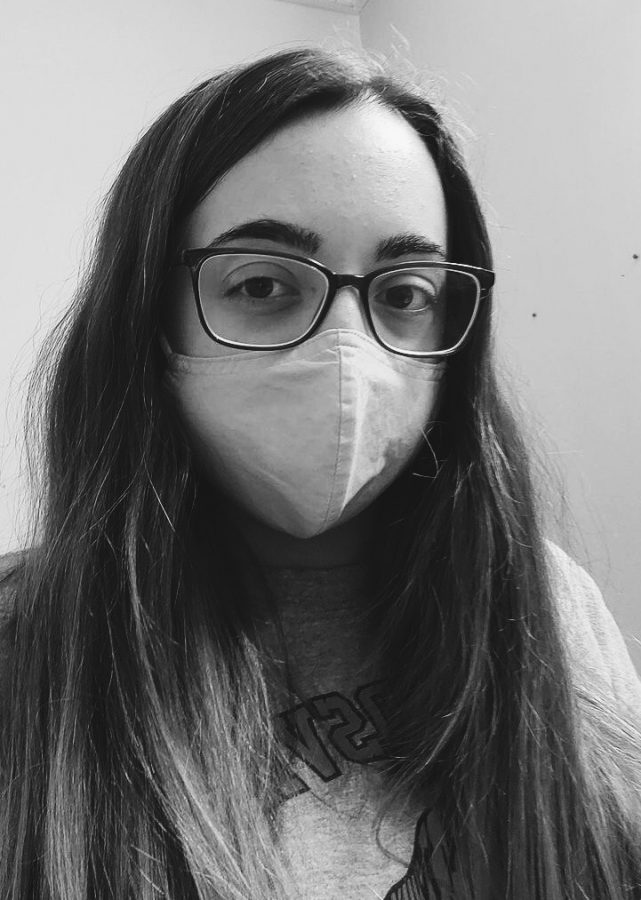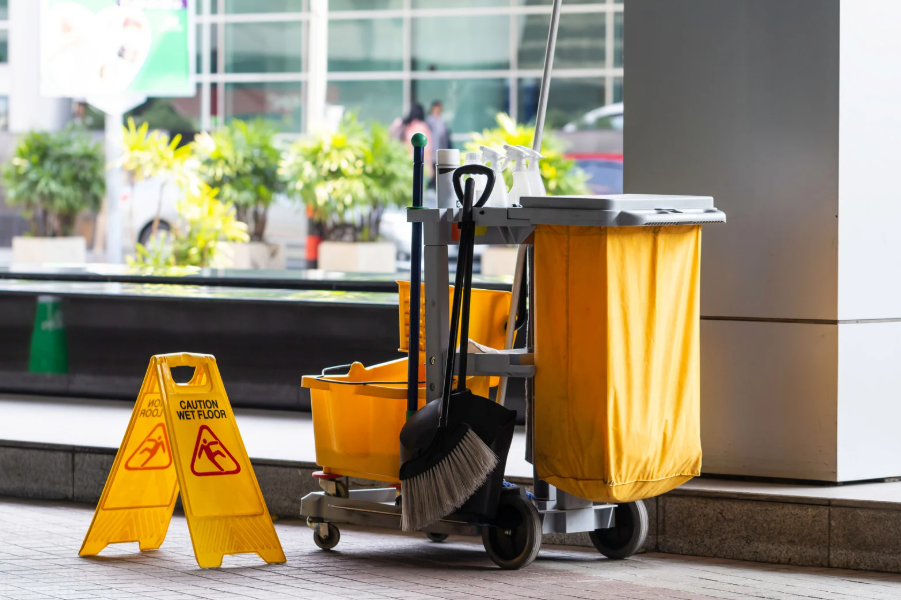COVID-19 Puts Teens at High-risk Too
December 9, 2020
Who is at high-risk for COVID-19?
Your automatic response was probably the elderly. You aren’t wrong, but they are only a fraction of the vulnerable population. We can’t forget another high-risk group: teens with underlying conditions.
It has been nine months since the pandemic began, and there is still a common misconception that young people are not affected by the virus and its consequences.
But the CDC website reported that children and teens account for 7.3% of all COVID-19 cases in the United States, and the percentage continues to rise steadily.
Dr. Rachel Orscheln is an associate professor of pediatric infectious diseases at Washington University and works with teens who have problems concerning their immune systems.
“Although all children and adolescents can become infected with the novel coronavirus, most experience a mild course of infection or have no symptoms at all,” Dr. Orscheln said via email. “However, some teenagers, particularly those with multiple medical problems, can have a more severe course of infection.”
According to the CDC website, children are most likely to undergo serious symptoms if they have underlying conditions such as obesity, genetic disorders, neurologic disorders, chronic conditions, diabetes, asthma or immunosuppression.
Senior Lydia Donaldson has asthma and hyperthyroidism. More than 5% of her age group, anyone under the age of 20, have one or more of these underlying conditions, according to the Medical Xpress website.
The physical effects of COVID-19 on high-risk teens can be significantly worse than those of their usually healthy peers.
“High-risk teens can have a more severe course of infection that can include difficulty breathing and the need for admission to the intensive care unit,” Dr. Orscheln said.
One in three hospitalized children were admitted to the intensive care unit, which is the same rate as adult patients, according to the CDC website.
“They can experience dysfunction of multiple organs systems, and deaths have been reported in this group of patients,” Dr. Orscheln said. “Some teens, even those who do not have a severe course of infection, can have some long term effects, similar to what can be seen with mono such as persistent fatigue and difficulty concentrating.”
Teens with physical vulnerabilities can also be vulnerable to mental health issues.
According to the National Center of Biotechnology Information website, approximately 91% of students nationwide have experienced stress or anxiety due to school closures and other cancelled opportunities for socialization.
Dr. Darci Klein, a pediatric psychologist at St. Louis Children’s Hospital, has received numerous referrals for teens coping with anxiety or stress related to COVID-19.
“Some teens are doing great; they love virtual school, are able to remain connected to friends and have relatively low anxiety and stress,” Dr. Klein said via email. “However, for other teens who maybe were anxious at baseline, COVID-19 has increased that anxiety making it more difficult to utilize adaptive coping strategies and supports available to them.”
Donaldson said her mental health has declined since the start of the pandemic.
“Not being able to see friends nearly as often has been tough, but I also have anxiety that I will get sick or that I will get my mother sick, who is also very high-risk as a type 1 diabetic,” Donaldson said via email.
It is common for the family and friends of a high-risk individual to suffer as well.
“It is stressful for families when one member is at a physical or psychological higher risk due to COVID-19,” Dr. Klein said. “Parents often feel guilty if they leave the house and can be fearful they may bring the illness back to their teen.”
Junior Delaney Kuhns has Postural Orthostatic Tachycardia Syndrome, a condition that affects her blood flow and causes lightheadedness and a rapid heartbeat, and her family has been worried about vulnerability.
“My mom was more scared of me getting it than either of my siblings because if I got it I could’ve had severe symptoms,” Kuhns said via email. “She would always send links or facts about the effects of COVID-19 and how I am at high-risk. She was more strict about letting me do things when everything started opening up again whether it was not letting me have sleepovers, hang out with friends or even go to the store.”
Although social distancing is recommended, high-risk teens should not be excluded from all activities, as experts believe social interaction is important to their mental health.
Dr. Klein said teens should stay socially engaged by virtually meeting for extracurriculars, gathering with friends over Zoom or FaceTime or seeing friends outside while wearing masks and social distancing.
High-risk teens or their parents should take the necessary safety precautions to protect themselves in any social setting they must attend, according to the Hackensack Meridian Health website.
Vulnerable teens are frequently required to provide a reason for missing possibly dangerous activities like in-person schooling and part-time work, and explaining a medical condition to a teacher or employer could be awkward.
“Teens can talk with their medical providers and their parents or other caregivers about what information they feel comfortable sharing with [others],” Dr. Orscheln said. “They can let their peers know their plan to follow the precautions public health officials have advised both to protect themselves and those around them.”
Senior Livia Rathgeb has type 1 diabetes and thinks it is important for any teen with an underlying condition to inform their peers of his or her unique situation.
“I just had to let my friends know of my condition and that COVID-19 could be a little more risky for me,” Rathgeb said via email. “If I don’t know the person very well, I get uncomfortable telling them, but in all of the conversations I have had, the people were very understanding.”
Media coverage on the effects of the pandemic on the elderly is valid, but bringing attention and awareness to other high-risk populations could help younger generations be more considerate to their vulnerable peers.
“If you know someone who is a high-risk teen, reach out to them!” Dr. Klein said. “See how they are doing. If they don’t want to talk, then respect that, but maybe your checking in is exactly what they needed to feel seen and understood.”












